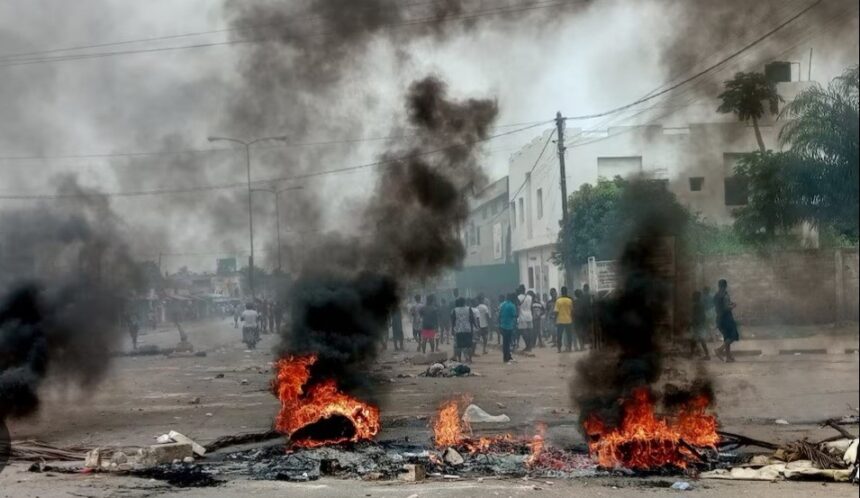In the heart of Lomé, Togo’s capital, a wave of protests swept through the streets, driven by widespread discontent with President Faure Gnassingbé’s government. The demonstrations, which began on Thursday, June 26, 2025, were sparked by constitutional reforms that critics argue would allow Gnassingbé to consolidate his power indefinitely. Protesters, largely comprised of youths and civil society groups, demanded the President’s resignation, release of political prisoners, and measures to restore purchasing power to the population.
As protesters marched through the streets, burning tires and wooden barricades, security forces responded with force, firing tear gas and using batons to disperse the crowds. The clashes resulted in at least seven deaths and numerous injuries, according to civic groups and human rights organizations. The groups also denounced “abuses committed by members of the Togolese security forces and militias”. The protests, organized under the hashtag #FreeTogo, gained momentum online, with social media influencers and civil society groups mobilizing support. However, the government showed no signs of backing down, and the security forces continued to crack down on protesters. Dozens of people were arrested during the protests, with some remaining in custody.
The situation remains tense in Lomé, with the atmosphere charged with uncertainty and anger. The protesters’ demands reflect deeper issues, including rising electricity prices, a crackdown on critical voices, and a sense of economic desperation. As one protester, Kossi Albert, a 30-year-old unemployed man, put it, “We’re hungry. Nothing works for Togolese youth anymore, that’s why we’re going out to protest”.
The international community is watching closely, with concerns about the government’s response to the protests and the impact on Togo’s stability. As the situation unfolds, one thing is clear: the people of Togo are demanding change, and their voices will not be easily silenced.
By Akosua Patience





